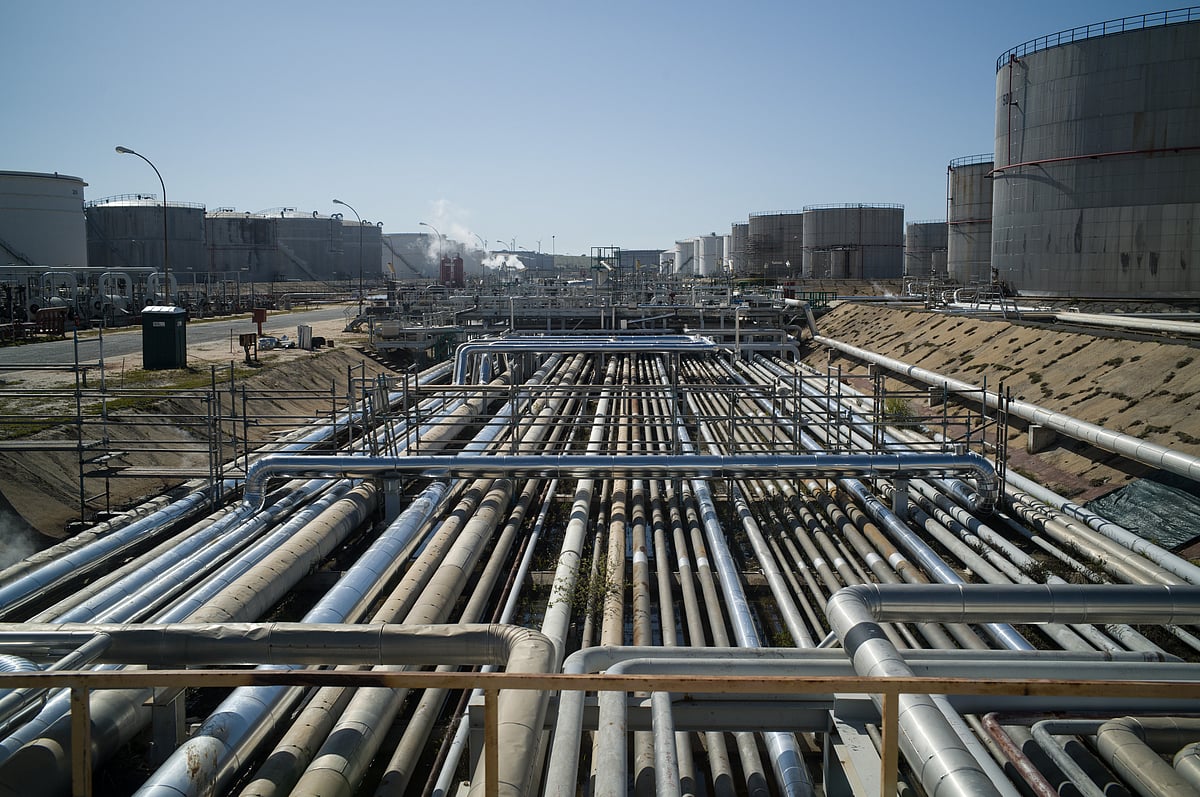Oil is on course for the biggest weekly gain since 2022 amid the spike in tensions in the Middle East, paring year-to-date losses driven by the fall-out from global trade tensions and a decision by OPEC+ to revive shuttered capacity at a faster-than-expected clip. This week, JPMorgan Chase & Co. warned that prices could reach $130 a barrel in a worst-case scenario in the Middle East.
A sustained gain in energy costs may fan global inflation, complicating the tasks facing central bankers as the navigate the fallout from the US-led trade war.
Ahead of the Israeli strikes, the US and Iran had been scheduled to hold a sixth round of nuclear talks in Oman on Sunday, although the status of the negotiations is now unclear. In recent days, Trump said he was less confident that the US would reach a deal with Tehran to curb its nuclear ambitions in exchange for sanctions relief.
In a reflection of the market’s rapid shift and concerns about tighter near-term supplies, Brent’s prompt timespread — the difference between its two nearest contracts — pushed deeper into backwardation. The gap was $1.34 a barrel, up from 92 cents on Thursday.
